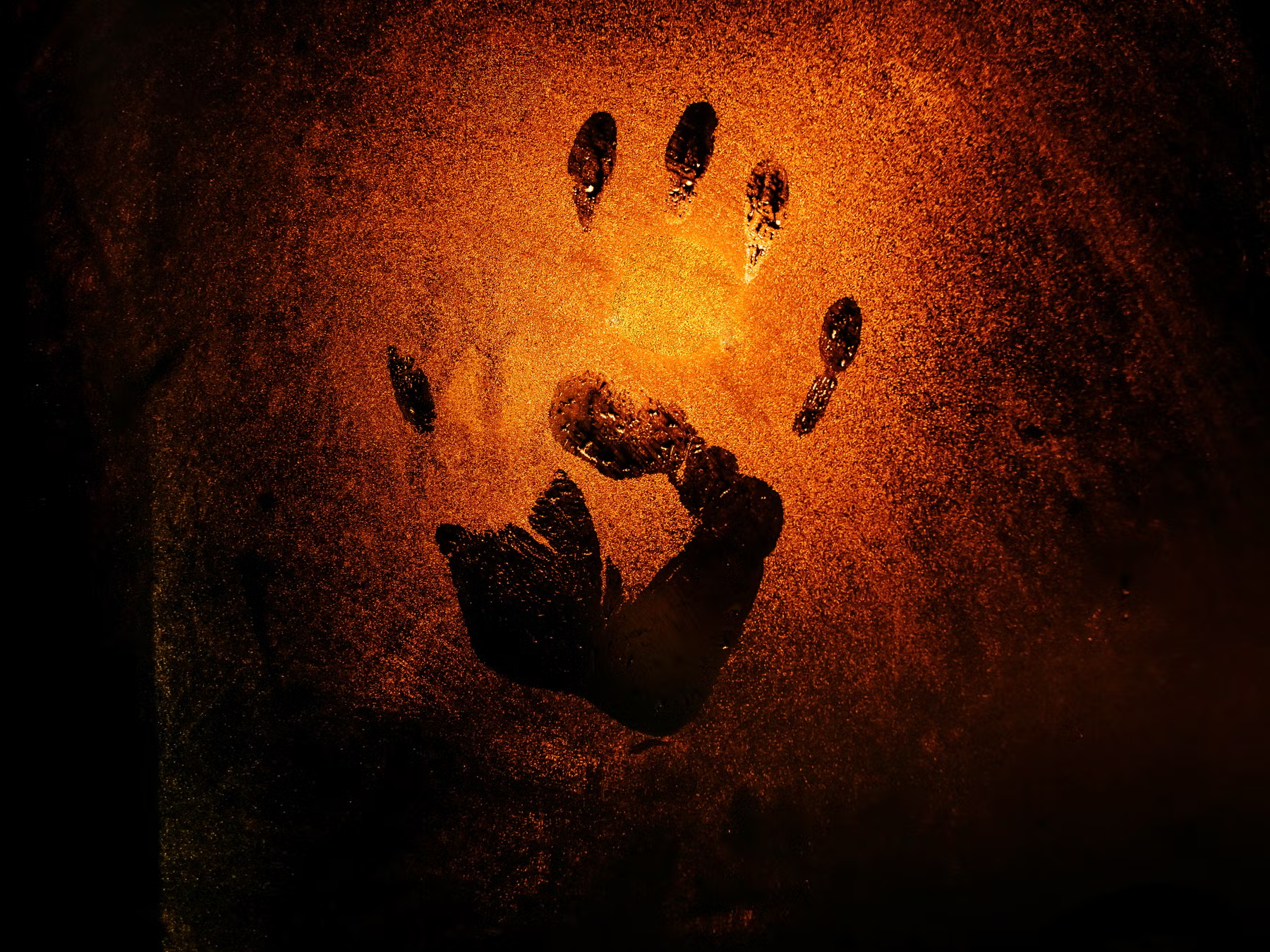Greenland was a strange and fascinating place in medieval times, home to two radically different communities living at the edge of a 12,000-foot tall ice sheet. The story behind these two communities is not as simple as we are often told. According to the Icelandic sagas, in 986 AD, Icelandic Norse communities had settled Greenland, but of the 25 ships that sailed from Iceland to Greenland after its discovery by Eric the Red, only 14 safely arrived.
It is extraordinary that Iceland and Greenland were settled by ships from the east, given the brutal conditions of the North Atlantic, which has a near constant barrage of tall waves due to a persistent low-pressure system called the Icelandic low. Most of Greenland's modern population lives on the west coast, as the southeast coast gets buried in snow due to the Icelandic low. Pittorak winds, which are a common feature of Greenland, capsize ships and blow snow from high elevations, burying anyone on the shore. The Norse adapted to a world much harsher than the one they left, shifting their priority to hunting.







